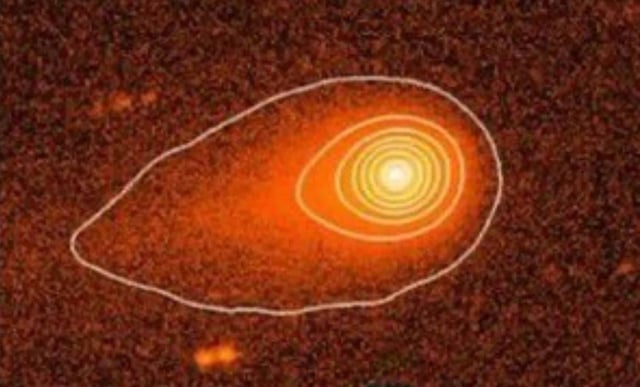Overview
- Gemini South imaging reported a faint anti-solar tail about 56,400 kilometers long and a surrounding coma roughly 18,800 kilometers wide, indicating active outgassing consistent with cometary behavior.
- As reported from JWST and NASA’s SPHEREx, measurements describe a CO₂-dominated plume with estimated outgassing near 130 kg per second of CO₂ and far lower H₂O and CO, figures that remain subject to independent verification.
- An international preprint by James R. A. Davenport and colleagues urges routine technosignature searches of interstellar objects and outlines strategies spanning trajectory analysis, spectra, morphology, and potential radio or optical transmissions.
- Press coverage cites VLT spectroscopy noting cyanide and nickel and an apparent lack of iron, with Avi Loeb highlighting an industrial-type interpretation, a claim that has not been corroborated by peer-reviewed studies.
- WION reports that Loeb speculates a small, hard-to-detect ‘precursor’ probe could reach Mars in early October, a hypothesis other scientists do not endorse and for which no independent detection has been reported.



